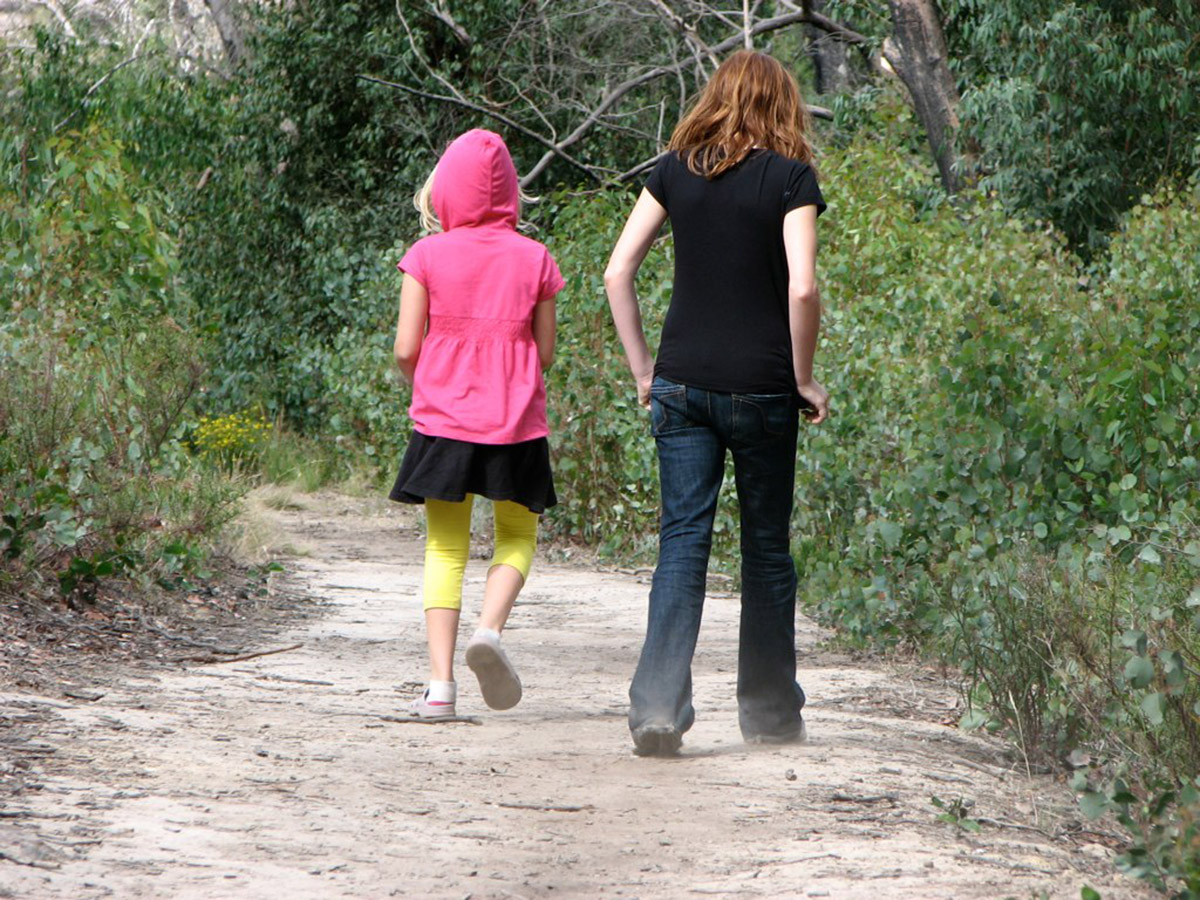Is your child waking up with leg pain at night, or unable to even go to sleep because it hurts so much? Chances are that your kid is dealing with "growing pains". Growing pains and scare children and worry parents, but they are harmless. However, persistent leg pain that comes with other symptoms can have other, more serious, causes that need to be explored by a medical professional. How do you tell the difference? And what can you do to make a kid who is suffering from growing pains feel better?

What Are Growing Pains?
"Growing pains" are a rather enigmatic phenomenon. It affects between 25 and 40 percent of children, and in kids who experience them, these pains usually strike between the ages of three to five, and again between eight and 12. It's probably due to the fact that these are periods of rapid growth that the phenomenon ended up with the name "growing pains". There is, however, no evidence that the pains are actually caused by the process of growing. That is where the enigmatic bit comes in: the cause of these pains is not clear at all, though some studies suggest that they are caused by vigorous physical activity. Other studies suggest that kids who experience growing pains are likely to be more sensitive to pain in general.
Growing pains are characterized by throbbing leg pains concentrated around the calves, under the knees, or at the front of the thighs that occur during the evening hours and at night. They involve the muscles rather than the joints, but your child isn't necessarily going to notice the difference and will probably simply say their leg hurts. Children experiencing growing pains may wake up from the pain, or they may be unable to go to sleep. During the day, however, everything is fine again. Most kids who have growing pains don't experience them every day, and they may well have periods of pain followed by periods during which no pain occurs.
- The child will experience pain in the legs, usually both legs.
- The pain happens only at night and totally disappears during the day.
- The pain doesn't happen every night, but rather comes and goes.
- The pain may be so bad that the child can't go to sleep or wakes up at night.
See Also: Sleep Disorders In Children
Making Children Experiencing Growing Pains Feel Better
Waking up with pain or not being able to go to sleep because of it can be a scary experience for a child. First and foremost, many kids will want to have a parent beside them, showing love and support. When my daughter experienced growing pains, I'd often get up with her, make a hot chocolate, and read a story or chat for a while. This distracted her from the pain, and being "fussed over" made her feel better. Beside that, the following are all things that helped my daughter and may help your child too:
- Stretching exercises: Lifting the legs up and pointing the toes towards the nose as much as possible.
- Gentle massage of the legs, concentrating around the area that hurts.
- Hot packs (not too hot!).
- An over-the-counter pain killer suitable for children (tylenol or ibuprofen — never Aspirin!) will help if the pain is really bad.
Growing Pains? When To See A Doctor And Other Causes Of Leg Pain In Children
When To See A Doctor
I'd advise anyone who can access a doctor easily to make an appointment when their child is experiencing what they think are growing pains. This can help rule out other, more serious, causes of pediatric leg pain (more about that in a minute) and put your mind at rest or ensure your child can access treatment in a timely manner if the pain is indeed caused by something other than growing pains.

Also always see a doctor if the pain only strikes one leg, if the child limps the following day, and if the pain persists during the day as well as at night. If you suspect our child might be injured or there are other symptoms like a lump, rash, swelling, fever, redness, loss of appetite, or fatigue, also see your child's pediatrician.
Other Causes Of Pediatric Leg Pain
At the risk of sucking you into a parental vortex of doom, let's talk about other possible causes of pediatric leg pain as well. If the symptoms of growing pains from the first page describe your child's symptoms perfectly, there is no need to panic because it is more than likely that you are indeed dealing with growing pains. If the symptoms differ, you will indeed want to take your child to see a doctor because some of the other causes of leg pain in children are more serious than growing pains.
Juvenile rheumatoid arthritis, JRA for short, may cause your child to wake up with leg pain but then feel better once they have moved around a while. JRA symptoms can include fevers during evening hours, leg pain but also wrist and finger pain, stiffness, rashes, swelling and limping.
Perthes Disease (also known as Legg-Calvé-Perthes Disease or LCPD) is caused by a vascular inadequacy to the head of the femural bone, the longest bone in the body. The femural head gradually softens and breaks down. It manifests as one-sided pain in the upper half of the leg, and usually occurs in boys. Besides pain, symptoms include a limp, stiffness and reduced movement, and one leg being thinner and shorter than the other. Though the femural head gradually heals over time, results are much better with treatment.
Leukemia, cancer of the blood cells, can cause bone pain in the legs as well as easy bruising and bleeding, anemia, abdominal pain, breathing difficulties, and swelling of the lymph nodes. Parents who Google "pediatric leg pain" or "leg pain in children" in the middle of the night while their kid is in pain may well conclude that they are possibly dealing with leukemia symptoms in children. Most often, they'll worry for no reason. If your child does have these symptoms, seeing a doctor right away is key, both if this worst-case scenario does turn out to be true and if your child just has growing pains. In the latter case, your mind can be put at ease so you can stop worrying.
See Also: Hip Dysplasia - An Overview
In conclusion, nightly leg pain that completely disappears during the day and doesn't result in a limp is most likely to warrant a diagnosis of growing pains, especially if the pain affects both legs (not always at once). Parents should not panic and suspect the worst right away, but seeing a doctor who will take the symptoms seriously rather than brushing them off as "growing pains" without looking at the child's history, performing a thorough examination, and ordering lab tests is always a good idea. Seeing a doctor will enable you to stop worrying if your child has growing pains, and ensures timely access to treatment if something more serious is going on.
- Photo courtesy of Feifeilee via Flickr: www.flickr.com/photos/feifeilee/6237996663
- Photo courtesy of Harclade via Flickr: www.flickr.com/photos/harclade/4236216035

